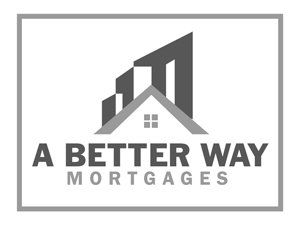New Paragraph
2020 Property Tax Assessments
You should be receiving your 2020 property tax assessments in the mail this week. Your property assessment reflects the estimated value of your property on July 1, 2019, along with your property characteristics and condition on Dec 31, 2019. How does the city know the condition of your property on a specific date? Good question. How do they even know what sort of upgrades and finishings you have inside your house? The short answer is they do not. So it is important to note a property assessment is NOT to be confused with your current market value.
If you are thinking about selling your property, it would be best to talk to a realtor who will be able to give you a better idea of current market values along with current market conditions. Need a realtor? EMAIL me and I can connect you with the best.
Your value on your property tax assessment CAN and does impact your property taxes. In the case of 2020, the City of Calgary has seen property assessment values decrease by 4% over the previous year. This was based on a typical residential home of $455,000.
Now for the bad news . City council made a decision last year to start to shift the tax burden from businesses to residential homes. With that in mind, the average property tax increase is forecast to be 7.5%
that is even with a 4% decrease in your property assessment. So be prepared for yet another tax increase this year.
Feel like disputing your property assessment click this LINK
2020 key dates
- July 1, 2019 – property assessment valuation date
- Oct. 3 to Nov. 8, 2019 – Pre-Roll Consultation Period (Pre-Roll)
- Dec. 31, 2019 – the physical condition of the property as of this date
- Jan. 2, 2020 – assessment notice mailing *
- Jan. 2 to March 10, 2020 – Customer Review Period
- May 2020 – property tax bill mailing
- June 30, 2020 – property tax due date
More questions on property taxes, property values or want to talk mortgages call 403-614-9211
or EMAIL.
Share
RECENT POSTS


STAY INFORMED
Subscribe to my newsletter




